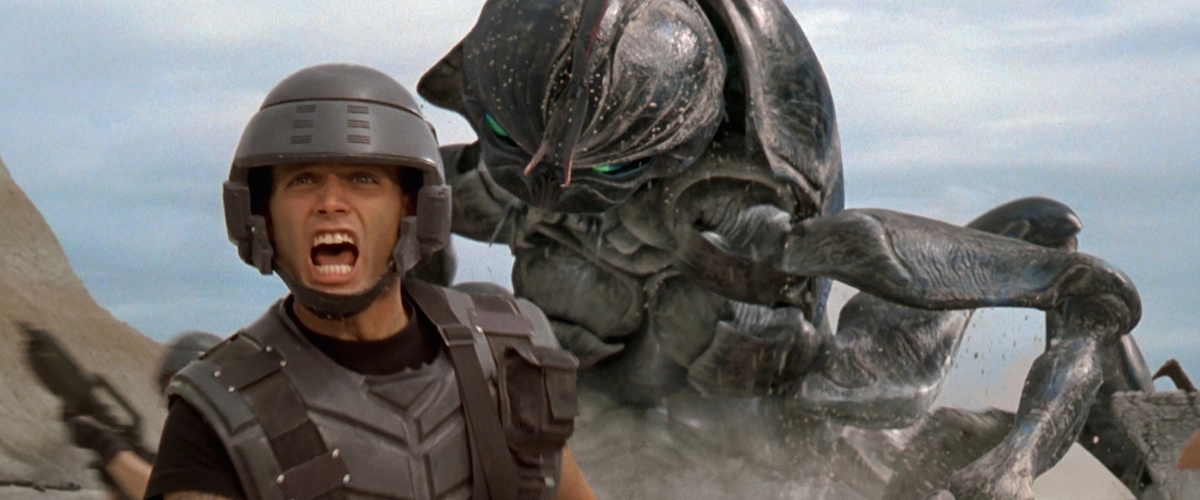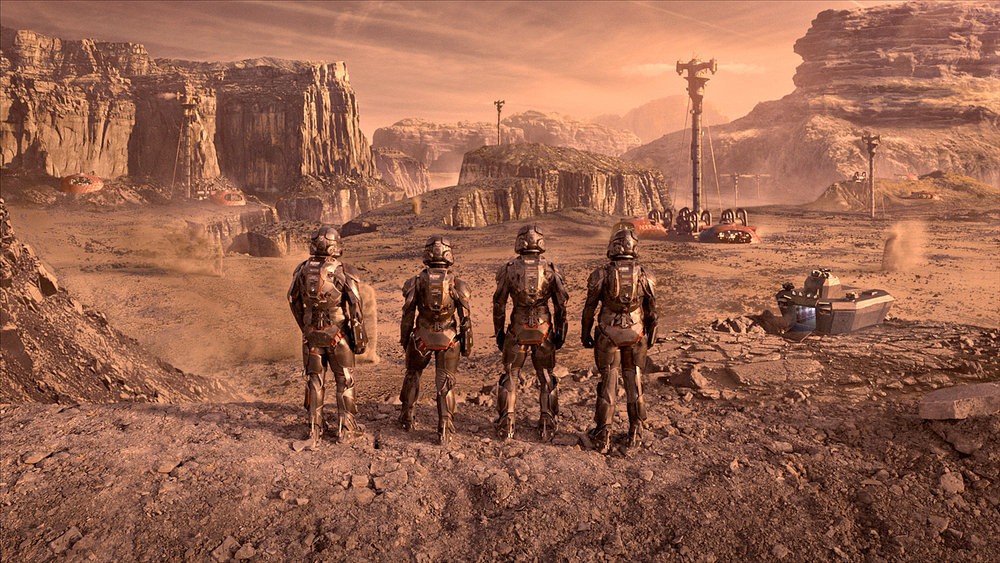Starbridge Reflection: Growth, Revision, Insight
Reflecting on the first Chapter of Starbridge: Growth, Revision, and Insight
Over the past month, building Starbridge has been both a creative challenge and an intellectual journey. I’ve revisited early ideas, refined projects, and enriched my writing across multiple formats. What follows is a guided reflection on how I revised each major project, what these resources collectively offer, and what I’ve learned about writing in this field, and about myself.

Image Credit: the Expanse
1. Project Revisions & Growth
📖 Project 1: The Starbridge Narrative
This foundational document established the universe’s core themes: terraforming, interdisciplinary realism, and emotional stakes. Initial feedback identified a gap between scientific precision and narrative engagement. To address that, I:
-
Added emotional arcs for key characters to ground the high-concept science in human experience.
-
Blended technical exposition with narrative voice, easing readers into complex ideas.
-
Clarified tone and audience, aiming for immersive storytelling rather than academic treatise.
Comparing drafts: the original felt cold and lecture-like; the revised version weaves in personal stakes and leaves room for reader empathy. The document now reads less like a white paper and more like the opening chapter of a story.
📘 Project 2: Science Fiction Book Review Manual
My goal was to create a resource for evaluating genre fiction: hard sci‑fi, military fiction, philosophical space narratives. They used both in academic contexts and fan circles.
-
In the first version, the guide was thorough but overwhelming.
-
Revisions focused on:
-
Simplifying structure, introducing sections like “Quick Review Checklist” and “Sample Excerpts.”
-
Adding sidebars comparing The Expanse to Battlestar Galactica and Firefly.
-
Fine‑tuning voice, balancing scholarly insight with accessible commentary.
-
The result is a teaching tool that feels approachable. Early drafts were dense; the final version is more usable, especially with step‑by‑step guides and genre comparisons.
🌐 Project 3: Starbridge Worldbuilding Style Guide
-
First draft defined tone and visuals but lacked actionable detail.
-
Revision process:
-
Reorganized sections: tone → terminology → visuals → sample scenes.
-
Added concrete examples, including character profiles, faction logos, cultural visuals.
-
Optimized formatting for clarity with headers, callouts, and screenshots.
-
Now, contributors have a clear template to work within: consistent voice, branded visuals, and established lore. From fuzzy guidelines, it became an operative toolkit for future collaborators.
Image credit: Starship Trooper
2. Using the Portfolio & Resources
If someone explores this portfolio, they’ll discover a layered creative ecosystem:
-
Start with “The Starbridge Narrative” to absorb the universe’s philosophical and scientific underpinnings.
-
Browse the Manual to understand how I analyze science fiction as both a scholar and fan.
-
Check out the Style Guide for practical worldbuilding tools.
-
Dive into blog posts like my Expanse review or Factions lore to see these principles in action.
By the end, a reader should understand:
-
The interplay between science and storytelling.
-
How to critically evaluate and build speculative fiction.
-
How narrative, design, and worldbuilding tools can support a transmedia project.
A successful writer in this field:
-
Fuses rigorous research: e.g., NASA imagery and space‑mission data with creative imagination.
-
Maintains consistency across tone, visuals, and world elements.
-
Adapts: revises based on feedback, reworks structure, and aligns writing with audience needs.
-
Teaches as they tell: each resource adds mentorship through example.
My resources teach genre analysis, worldbuilding, narrative voice, and multimedia integration—things not always learned through traditional courses. A general audience visiting the blog will learn to think critically about sci‑fi, understand the creative lineage from The Expanse to Firefly and Battlestar Galactica, and see how scientific accuracy can elevate storytelling.
Image credit: The Expanse
3. Reading & Writing in My Field
This summer, I absorbed key insights through assignments and reflection:
-
Blog review of The Expanse deeply resonated. It linked Newton's idea of “standing on giants” to how sci‑fi builds on itself. Writing that post helped me grasp how intellectual collaboration spans fiction as well as science.
-
Worldbuilding Factions post was pivotal. It forced me to ground abstract lore into playable, dramatic form. That effort crystallized the gap between idea and implementation.
-
Manual and Style Guide assignments trained me to write both explanatory and prescriptive texts.
These assignments taught me that writing in this space is recursive: you read to write, you write to revise, and you revise to teach.
Image credit: Battlestar Galactica (2004—2009)
4. Learning About Myself
As a reader:
-
I realized I’m most drawn to works that blend scientific realism with emotional depth—like Battlestar Galactica’s moral ambiguity or Firefly’s character dynamics in human‑scaled stories.
-
I’ve learned to notice when worldbuilding supports story versus when it dominates it.
As a writer:
-
I’ve grown in structuring complex content: from narrative exposition to instructional manuals.
-
I’ve learned to value iterative revision, seeing feedback not as criticism but as sharpening.
-
I’ve recognized the importance of audience awareness: a manual for writers isn’t the same as a blog post for fans.
These skills will support future work as I transition into game scripts, design docs, or narrative designs. Over time I’ve gained confidence in mixing academic and creative writing, a skill useful both in teaching and in creative industries.
Image Credit: Serenity (Firefly)
🎯 Summary & Looking Ahead
This season’s work has been transformative. Each project, that is narrative, manual, and guide; they have been revised to better align with purpose, audience, and genre. The portfolio now functions as a cohesive ecosystem:
-
The Narrative defines the core intellectual ambition.
-
The Manual teaches the tools of critique.
-
The Style Guide structures creative production.
-
Blog posts show real use cases and reflection.
A reader, student, or collaborator visiting this site can learn:
-
How to analyze hard sci‑fi.
-
How to build consistent worlds.
-
How to tell human stories in scientific settings.
That layered offering reflects the marks of a successful writer: research-based creativity, clarity, adaptability, and pedagogical depth.
Image Credit: Escape Velocity (Argosy)
📎 What’s Next?
-
Integrate game mechanics into new game design and certain style guides.
-
Expand the lore with faction/culture histories and political dynamics.
-
Connect to visual assets and design documents for collaborators.
-
Use this foundation to write the first Starbridge narrative, blending all the skills I’ve sharpened.
Links to Portfolio Items
Final Thoughts
Building Starbridge has taught me that worldbuilding is never just world-design, it’s also emotional design. Science provides the frame, but human stories fill the canvas. Over this summer, I’ve grown as a reader, writer, analyst, and educator. These aren’t just portfolio pieces, they’re tools for future collaboration, storytelling, and innovation in the sci‑fi genre.







Comments
Post a Comment